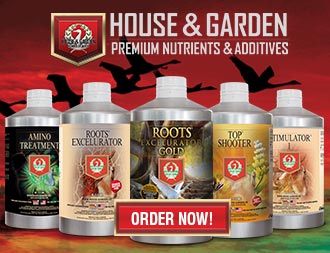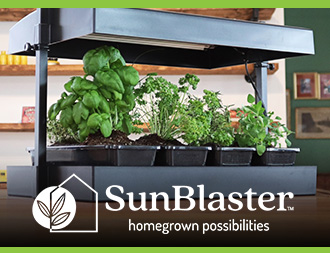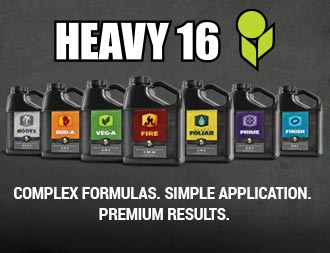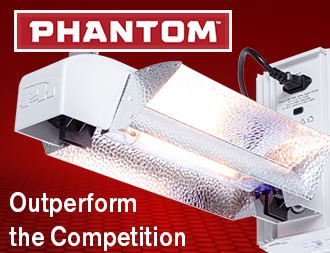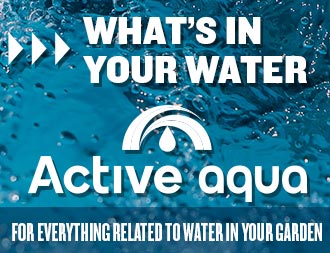Come rain, shine or even strong winds, Tom Jopson's tomatoes grow no matter what the weather has to offer. And they are in season from the end of October through July, which is the off season for most tomatoes.
That's because Jopson's tomatoes do not grow on vines outside, rather they ripen in his Lexan plastic-sided greenhouses. Just 100 miles from the San Francisco Bay area, in Rio Oso, Calif., Jopson Family Gardens has been producing hydroponic tomatoes for almost two years now.
Though growing hydroponic tomatoes is a new beginning for the Jopsons, running an operation is old hat. With ground suited for rice or pasture, Jopson's great grandfather started the operation producing dry grains and gradually shifted the focus to rice.
Growing to the size of 2,000 acres, rice remained the primary crop until Jopson's father returned to grains. He also added cattle to the mix, which were phased out ten years ago.
With this change, the family began contemplating the future. "It was a natural progression," according to Jopson. "We had to diversify or die."
As a result, on top of keeping the rice fields going with father, Wes, and brother, Dave, Jopson began researching the greenhouse business, more specifically he looked into producing hydroponic tomatoes. "I never dreamed I'd be in the greenhouse business," he says.
After about 15 years of research, Jopson is certainly in business today with nearly a half acre growing undercover. Jopson says he's working toward having 25 acres in the future.
"I'm only at half the production I want to be at," he says. "Tomatoes are just a start, we want to grow peppers and maybe melon."
Jopson has started testing peppers, cantaloupe and watermelon and found peppers need more light than tomatoes. "It's constant research," says Jopson. "We're field farmers, we never knew anything about tomato varieties, environmental controls, insects..."
The operation currently uses 60 1,000W high pressure sodium lights, but Jopson continues to look into other options. For instance he is experimenting with one row of metal halide lighting to see how they work. Though he has found high pressure sodium better for blossom production, the research continues. He even plans to visit another hydroponic tomato grower in Washington State to swap ideas.
The research has paid off. He not only sells about 2,000 lbs. a week to high-end grocery stores, health stores and several chains like Safeway and Lucky Food Centers, but every weekend Jopson Family Gardens holds a farmer's market in Sacramento. In a typical weekend the family sells between 700-800 lbs. of tomatoes.
With the market currently held outdoors, they are lucky to sell 500 lbs. during the winter months, when rain is common, says Jopson. He is looking to set up somewhere inside in the future.
Jopson sells his tomatoes for about $4 per pound and credits their flavor and taste for the reason his customers return."
If we would grow year-round, people wouldn't have a backyard garden," he says. "There's a segment of people who want quality and flavor."
Jopson Family Gardens currently services areas as north as Chico, Calif. and as far south as Sacramento. Though he'd like to expand, he doesn't foresee expanding outside of California at this point because he believes in the quality of his product, which would be altered drastically as a result of shipping."
The niche I'm filling is high-end," explains Jopson. "Ours are ripe [which] wouldn't ship well." Currently, Jopson and his father personally deliver their tomatoes once a week from 5 a.m. to 12 p.m. While Jopson covers the areas near Sacramento, his father goes north.
In their first year of production, the Jopsons offered rebates and conducted taste tests to get their tomatoes in the market at $3.99 per pound. "Trying to sell and getting people to try [the tomatoes] is tough," says Jopson. "Once they taste them, they usually come back."
Jopson is hopeful they will keep doing so. "[You] have to be optimistic to be a farmer."
From Greenhouse Business magazine, June 1998. Used by permission.

